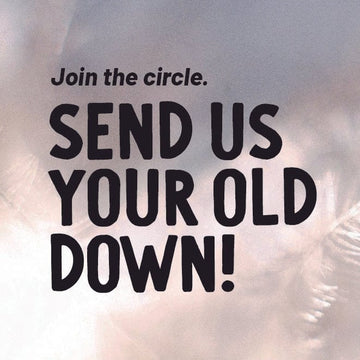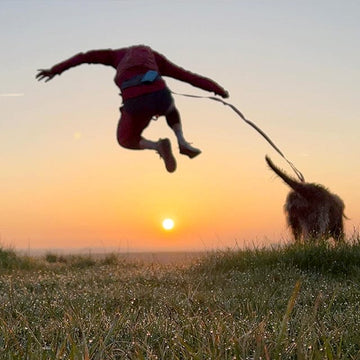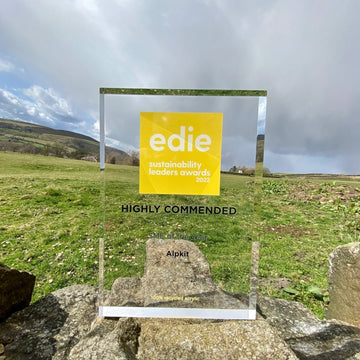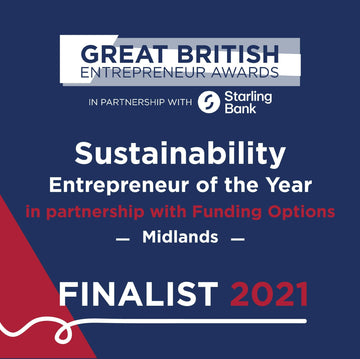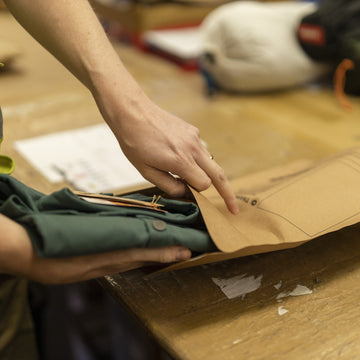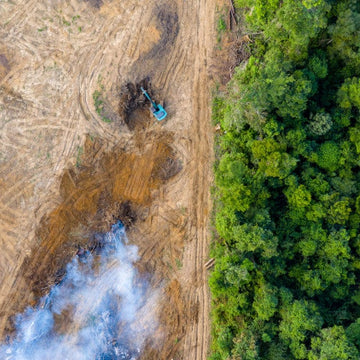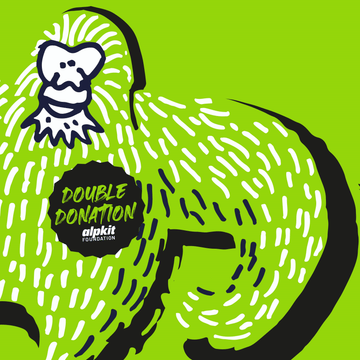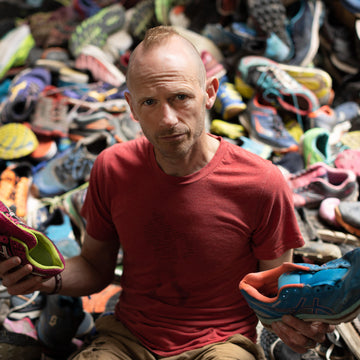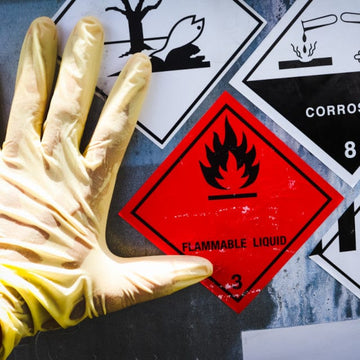
Our sustainability report gives insight into the GRI Content Index, showcasing our commitment to responsible business, environmental impact, and progress.
Our 2023 Sustainability report uses the GRI standards framework.
GRI is the Global Reporting Initiative that sets out best practice for how businesses communicate and demonstrate accountability for their impacts, ecomony and people.
GRI requires that businesses publish a GRI Content Index that references their standards and relevant disclosures.
GRI content index
Statement of use: Alpkit Limited has reported in accordance with the GRI Standards for the year to 31 October 2022
GRI 1 used GRI 1: Foundation 2021
Applicable GRI Sector Standards Not applicable
|
GRI Standard |
Disclosure Reference |
Disclosure |
Further information |
|
GR2 General Disclosures |
2-1 Organisational details |
Alpkit Limited Newthorpe United Kingdom Company Number 05146091 |
|
|
2-2 Entities included |
Alpkit Limited |
||
|
2-3 Reporting period |
Year to 31 October 2021 unless otherwise stated |
||
|
2-4 Restatements of information |
Our carbon footprint has been updated as we develop and improve our methodology with no material change. |
||
|
2-5 External assurance |
Our sustainability report has not been independently verified. However we are a certified B Corp, a member of Living Wage Foundation and have emission reduction targets set by Science Based Targets Initiative. Our carbon footprint methodology has been verified and Life Cycle Analysis conducted by Nottingham Trent University. |
||
|
2-6 Activities, brands, products, services |
Alpkit is a direct-to-consumer performance outdoor and bike brands trading under the Alpkit and Sonder brands |
||
|
2-7 Employees |
See Sustainability report link |
||
|
2-8 Workers who are not employees |
Not applicable |
||
|
2-9 Governance and structure |
Alpkit has a Board of Directors comprising 2 non-executive directors, 4 co-founders and 2 executive directors. |
||
|
2-10 Nomination and selection of highest governing body |
Directors are appointed in line with our articles of association disclosed on Companies House |
||
|
2-11 Chair of the highest governance body |
Our Chair is a non-executive director |
||
|
2-12 Role of highest governance in management of impacts |
Our Board meets monthly and reviews our impacts; the work of our Sustainability Group and our Sustainability Reports |
||
|
2-13 Delegation of responsibility for managing impacts |
Our Sustainability Group a sub-committee of the Board and includes our CEO and MD. The group includes representation from all levels across the business. |
||
|
2-14 Role of highest governance in sustainability reporting |
The CEO & Board is responsible for our sustainability report |
||
|
2-15 Conflicts of interest |
Our Board complete annual conflict of interest declarations and invited to declare conflicts at each Board. No conflicts have been noted. |
||
|
2-16 Communication of critical concerns |
We have a confidential reporting and whistle blowing policy. No concerns have been raised. |
||
|
2-17 Collective knowledge of highest governing body |
We have a group of experts that inform our Board on relevant issues. |
||
|
2-18 Evaluation of performance of highest governing body |
Our Board carries out an annual skills review and performance evaluation. |
||
|
2-19 Remuneration policies |
See our report for details of pay levels |
||
|
2-20 Process to determine remuneration |
We compare market rates and pay grades to ensure fair pay. |
||
|
2-21 Annual total compensation ration |
See our report for details of pay levels |
||
|
2-22 Statement on sustainability strategy |
See sustainability report |
||
|
2-23 Policy commitments |
See sustainability report |
||
|
2-24 Embedding policy commitments |
Our team has individual sustainability objectives set as part of our annual planning process. Progress is reviewed by our Sustainability Group. |
||
|
2-25 Process to remediate negative impacts |
We have adopted the B Corp framework as our primary tool to assess our negative impacts and use the framework to reduce our negative impacts and increase our positive impacts each year. |
||
|
2-26 Mechanism for seeking advice and raising concerns |
We have a confidential reporting and whistle blowing policy. No concerns have been raised. |
||
|
2-27 Compliance with laws and regulation |
No legal or regulatory compliance issues have been noted. |
||
|
2-28 Membership of associations |
B Corp Living Wage Foundation Science Based Targets OIA Single Use Plastics Project |
||
|
2-29 Approach to stakeholder engagement |
We have a stakeholder engagement plan that includes customers, shareholders, staff, community and suppliers. We review the plan annually and includes participation, consultation and sharing of information. |
||
|
2-30 Collective bargaining agreements |
Not applicable. |
||
|
GR3 – Material Topics |
3-1 Process to identify material topics |
Our topics are identified annual by: - Financial impacts analysis - Peer review - Annual consultation with staff, shareholders and customers - Supplier meetings and review - Engaging external experts and support - Sustainability Group review |
|
|
3-2 List of material topics |
See separate report |
||
|
3-3 Management of material topics |
See separate report |
||
|
GRI 201 Economic Impact |
201 Economic Impact |
Our audited full annual accounts for year ended 31 October 2022 will be filed at Companies House by its due date of 31 July 2023. |
|
|
GRI202 Market Presence |
202 Market Presence |
See our sustainability report for details of our Gender Pay Gap. |
|
|
GR204 Procurement |
204-1 |
42% of our procurements is spent with local suppliers |
|
|
GR205 Anti-corruption |
205-1 |
Internal assessment and training carried out. No issues noted |
|
|
GR206 Anti-competitive behaviour |
206-1 |
N/a |
|
|
GR207 |
207-1 Tax |
We are committed to pay our fair share of tax |
|
|
GRI 301 Materials |
301 – 1 Materials by weight |
112 tonnes |
|
|
301-2 Recycled materials used |
Approx. 44 tonnes (est) |
||
|
GRI 302 Energy |
302-1 Energy consumption |
389MWh electricity and 23MWh natural gas |
Our carbon footprint |
|
GRI 305 Emissions |
305-1 Direct (Scope 1) |
||
|
305-2 Indirect Energy (Scope 2) |
|||
|
305-3 Other indirects (Scope 3) |
|||
|
305-4 GHG intensity |
|||
|
305-5 Reduction of GHG emissions |
|||
|
GRI 306 Waste |
306-3 Waste generated |
421,700 liters of waste with zero to landfill operators |
|
|
GRI 308 Supplier Environmental Screening |
308-1 Suppliers screened using environmental critera |
Annual review of our suppliers against our internal environmental matrix |
|
|
GRI 401 Employment |
401-1 Employment data |
See sustainability report |
|
|
GRI 405 Diversity |
405-1 Diveristy of employees |
See sustainability report |
|
|
GRI413 Local Communities |
413-1 Operations with local community engagement |
See sustainability report |
|
|
GRI418 Customer privacy |
418-1 Substantiated complaints concerning breaches of customer privacy and losses of customer data |
None noted |
Management of material topics
|
Sustainability Principle |
Material Topic |
Definition |
How we manage the topic |
|
A. Make world class performance products |
Long-lasting durable products that perform and rated at least 4.7 on average out of 5 by our customers |
Customer review, returns and focus group analysis that feeds into our product development porgram |
|
|
B. Minimise resource consumption - including plastic free packaging |
Aim for significant reduction in resource reduction in inputs year-on-year. |
Track through tools Higg, product specific LCAs and internal analysis. Track waste outputs. |
|
|
C. Extend product life – long lasting repairable products |
Make long lasting products. Take responsibility to repair and product end-of-life. |
Product development process has a specific durable outcome. |
|
|
D. Actively encourage reuse and repair |
Increase the number of repairs we carry out each year. |
Repair stations in each store. |
|
|
E. Move to circular economy – make products that are ultimately recyclable |
Use our take back scheme to re-use first and repair and ultimately recyclable. |
Introduce recycling streams for difficult to recycle products (eg neoprene and down). Track the volume of product |
|
|
F. Reduce GHG emissions – the decarbonization of Alpkit |
Deliver on SBTi emission reduction targets to be net zero by 2050. |
15% year-on-year reduction in carbon intensity. |
|
|
G. Choose lower impact materials and production processes – recycled and/or environmentally certified materials |
Moving to lower impact products as appropriate: recycled, sustainably source, environmentally/ethically certified. Collating research and inhouse R&D. |
Through our product development process |
|
|
H. Eliminate the use of toxic chemicals |
Understand chemicals and toxins used in our supply chain and seek lower impact alternatives. Understand waste streams at out suppliers and mills to reduce impact. Remediate impact. |
Through our product development process |
|
|
I. Reduce travel and commuting |
Introduce green commute schemes, hybrid and flexible working. Calculate emissions of travel with target to reduce. |
||
|
J. Build positive workplace lifestyles: green our working lives |
Look to improve our workplaces with initiatives to generate our own electricity, reduce energy consumption and waste. |
||
|
K. Only use animal products when necessary and, when we do, use the most humane farming methods |
Minimise the use of animal products so we only use when there is a demonstrable technical performance benefit. Choose certified humane farming methods where possible. |
Through our product development process |
|
|
L. Minimise our use of animal products and convert to great quality alternatives as soon as they come along |
We will move away from animal products where quality substitutes allow. |
Through our product development process |
|
|
M. A long term goal is to provide performance products without using animals anywhere |
A long term goal is to not use animal products at all in our products. |
Through our product development process |
|
|
N. Protect human rights and improve social justice |
Adhere to labour standards and understand Fair Wear, Sustainable Apparel Coalition and Ethical Trading Initiative standards so we can apply them even though not formal members. |
||
|
O. Alleviate poverty – improve labour conditions |
Know how much our workers are being paid and make sure they are ahead of local living wage levels. |
||
|
P. Prohibit modern slavery |
Partnering with appropriate factories. |
||
|
Q. Prohibit materials from conflict zones |
Partnering with appropriate factories. |
||
|
R. Develop a strategy to move production away from oppressive regimes in a controlled and fair way over the next 5 years |
Understand the political regime where our factories are based and avoid oppressive regimes. Where we make in an oppressive regime then look to move away in the medium term without abandoning our current workers. |
||
|
S. Increase diversity, equality and inclusivity in our work place |
Monitor through our payroll and employment practice and policies. |
Review of our recruitment and training procedures to increase diversity, equality and inclusivity. |
|
|
T. Treat our staff fairly |
Living Wage Foundation employer. |
Regular staff survey, training and feedback through our appraisal system and team meetings. |
|
|
U. Value-led governance |
Embed our sustainability principles into everything we do and decision we make. |
||
|
V. Fair and honest prices |
Understand our costs and margin to ensure customers pay a fair price. Avoid greedy margins and do not seek to increase prices as a sustainability-premium |
||
|
W. Pay our taxes with no off-shore tax structures |
We are committed to pay our fair share of tax |
||
|
X. Responsible brand and marketing |
Do not market in inappropriate media. Reinforce positive messages in our marketing. |
Brand and marketing documented in our marketing strategy. |
|
|
Y. Support grass roots projects that help people outside |
Give min 1% of turnover or 10% of profits to support grass roots projects. |
Alpkit Foundation report |
|
|
Z. Improve education, environment, diversity and participation in the outdoors |
Use charitable foundation to target education, environment, diversity, mental-health and wellbeing and participation in the outdoors. |
Alpkit Foundation report |


![Kraft [Mens]](http://eu.alpkit.com/cdn/shop/files/KRAFT_MENS_1.jpg?v=1762543282&width=768)


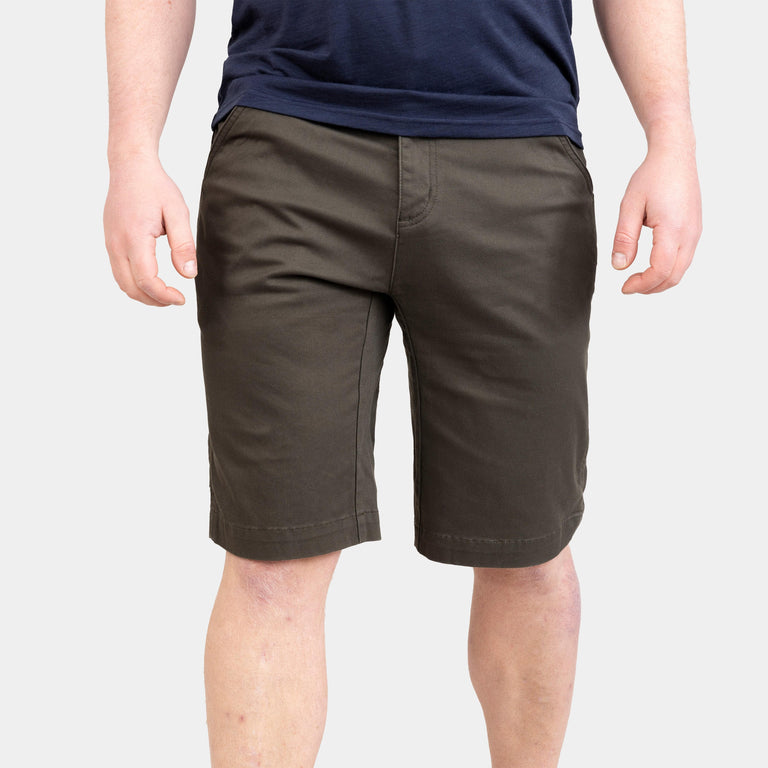
![Werk [Mens]](http://eu.alpkit.com/cdn/shop/products/WERK_MENS_OUTER-SPACE_TENERIFE_005982__4000px_478d68d7-b290-43f9-9ab5-ed40be8b942d.jpg?v=1699438586&width=768)


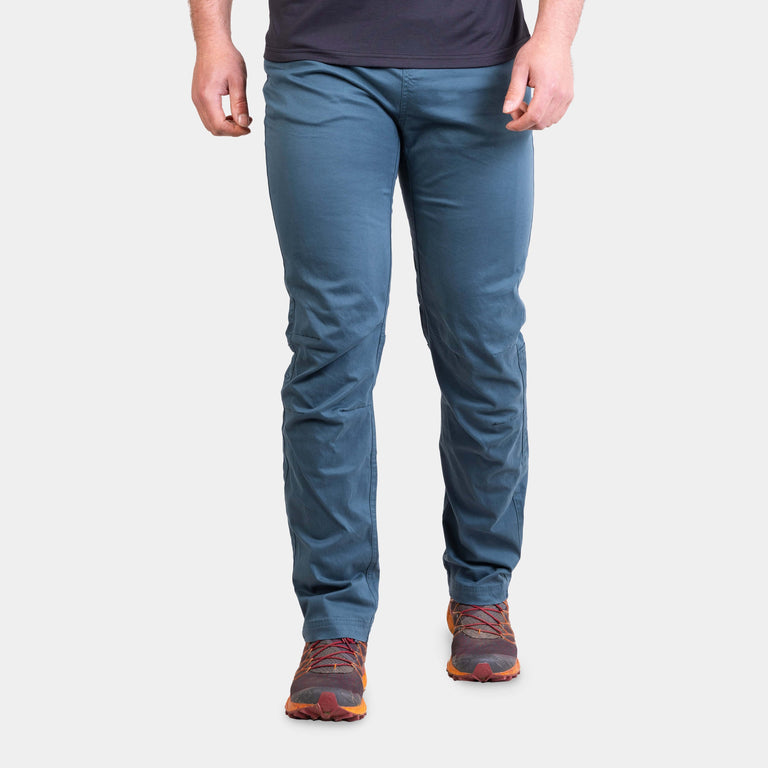

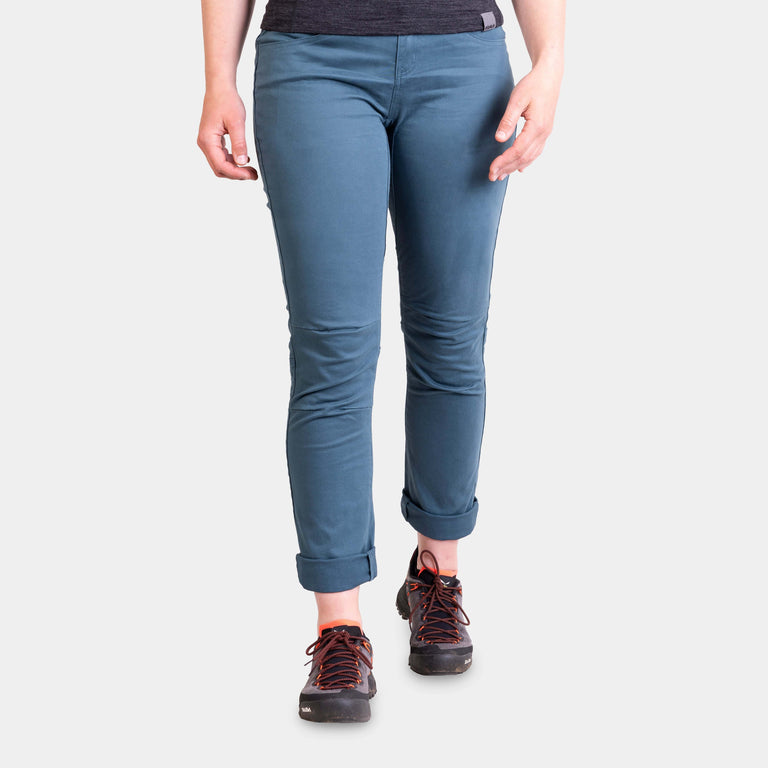
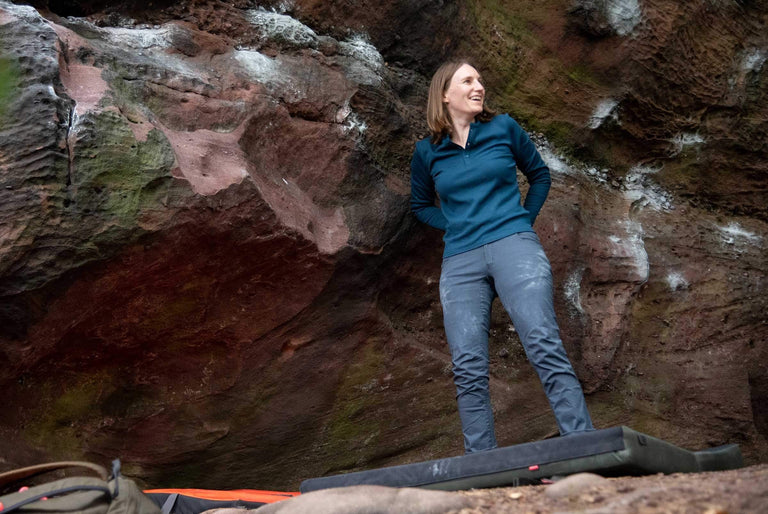

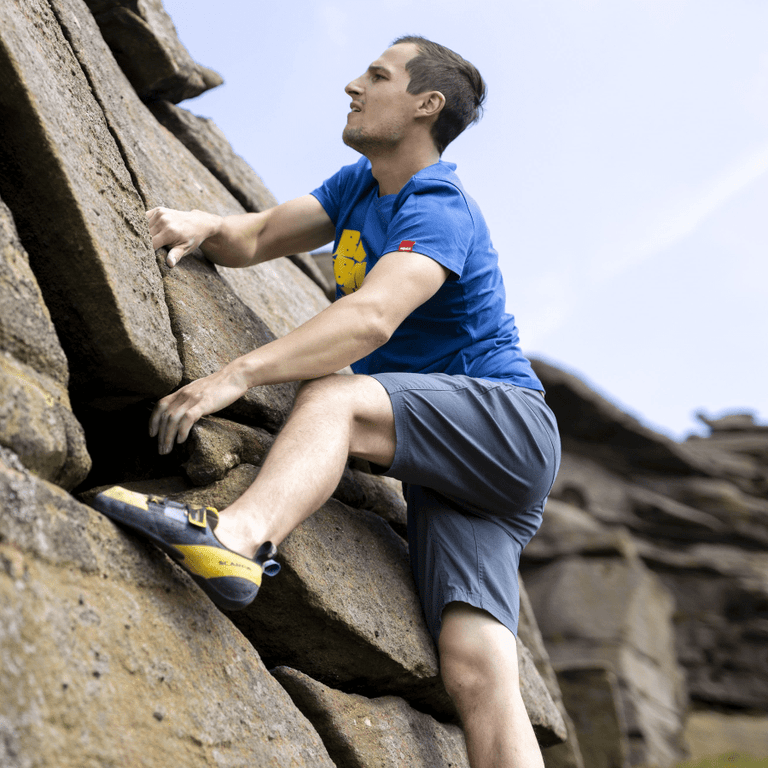
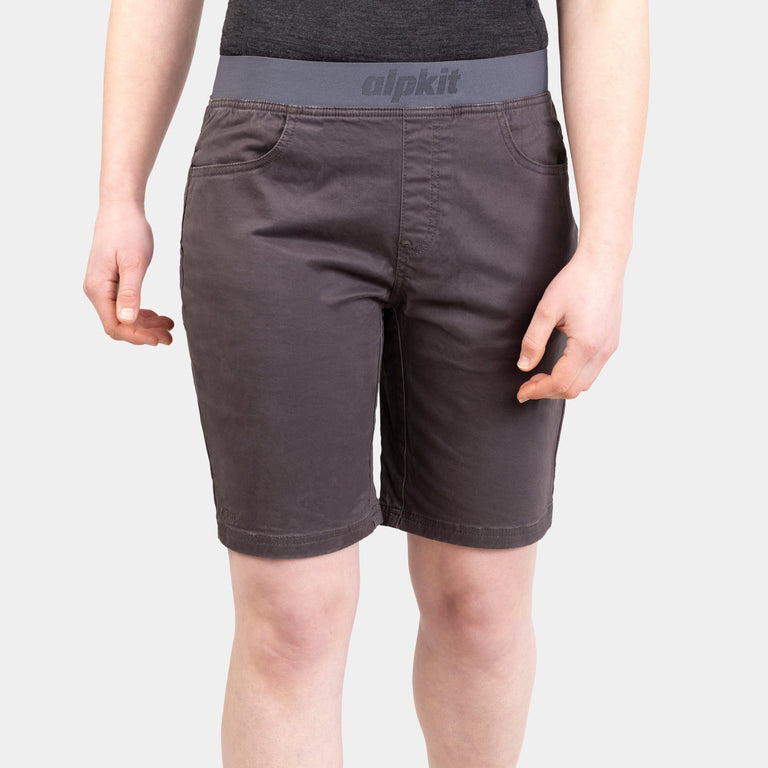



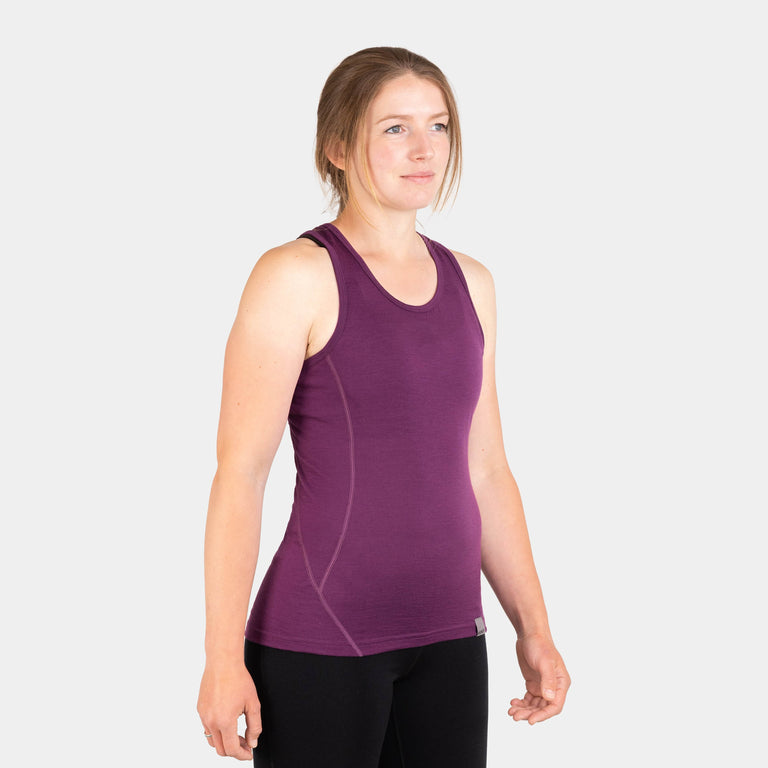
![Kepler Vest [Womens]](http://eu.alpkit.com/cdn/shop/products/kepler-vest-womens_e5d34f85-8548-4869-ae69-02f87f7c78ed.jpg?v=1699438346&width=768)

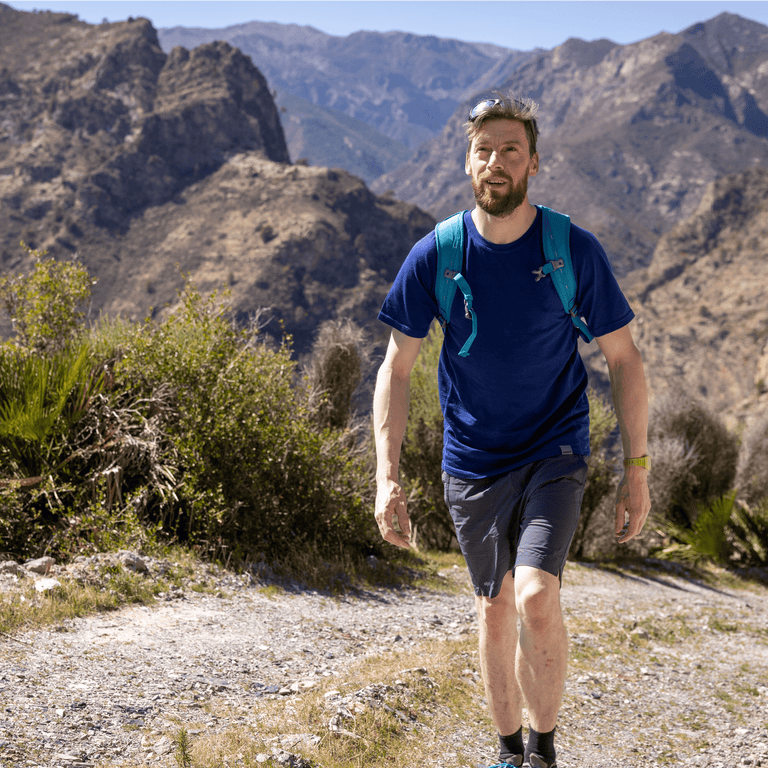

![Kepler Short Sleeve [Womens]](http://eu.alpkit.com/cdn/shop/files/womens-kepler-short-sleeve-cosmos.jpg?v=1768417319&width=768)
